News Feature
VIA Stanford News
Stanford's GCEP Awards $10.5 Million for Research on Renewable Energy
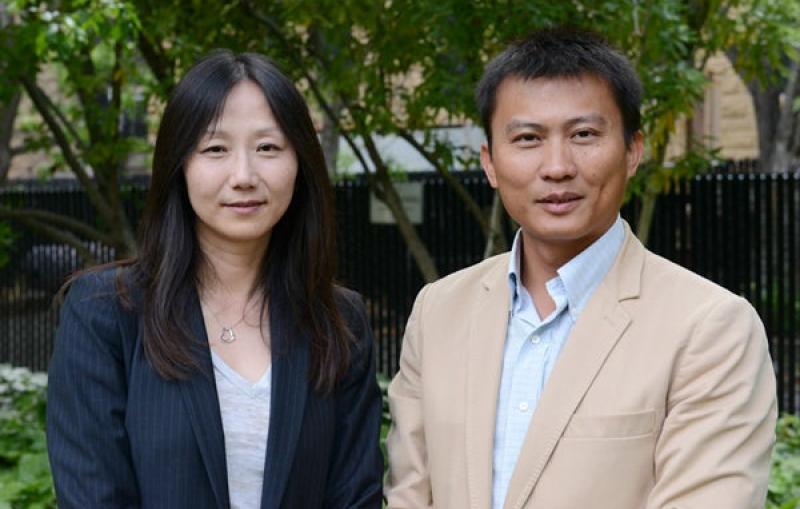
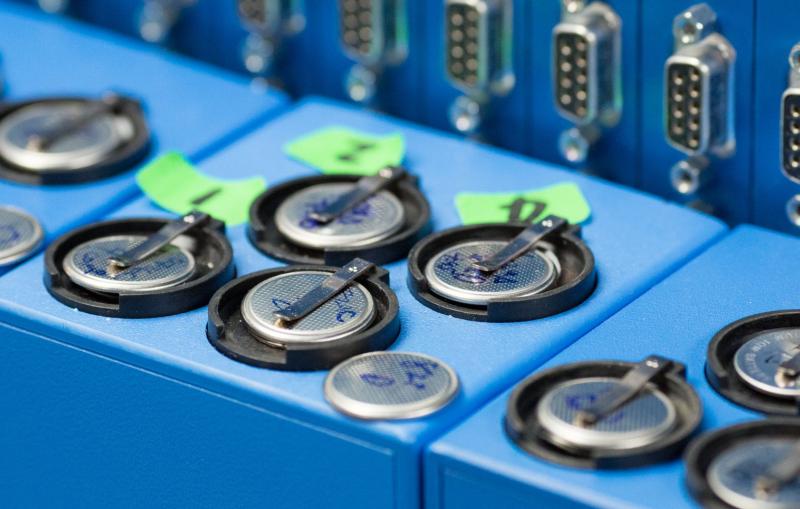
News Feature
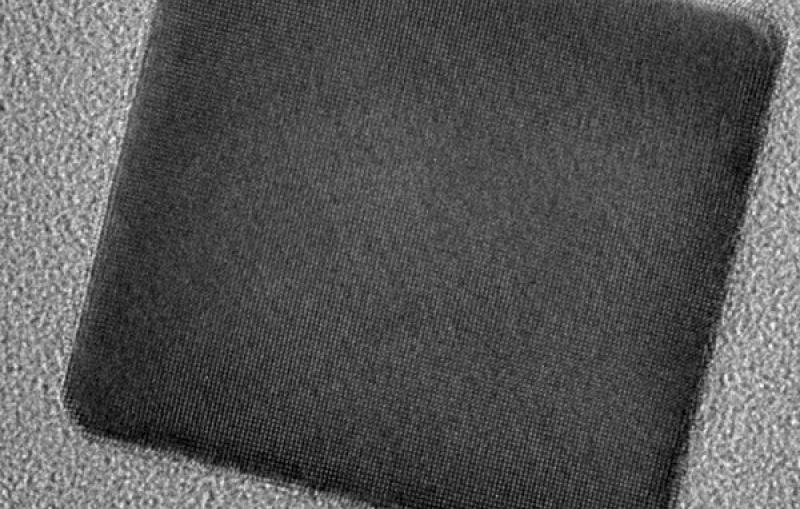
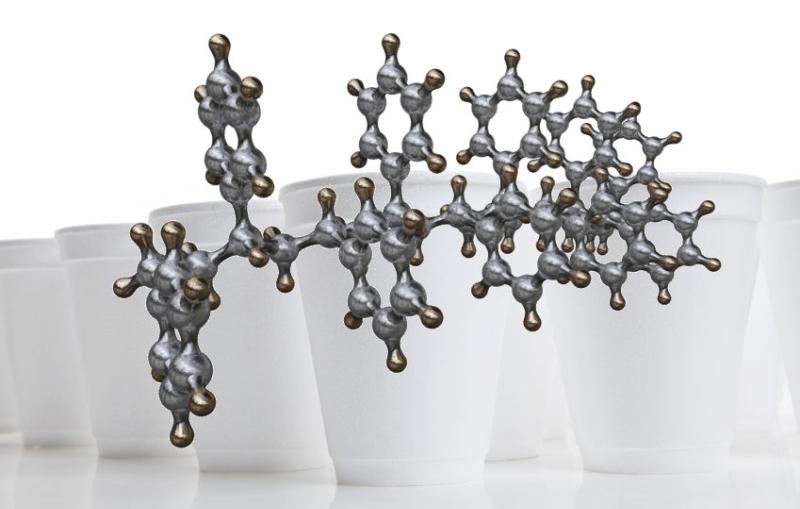
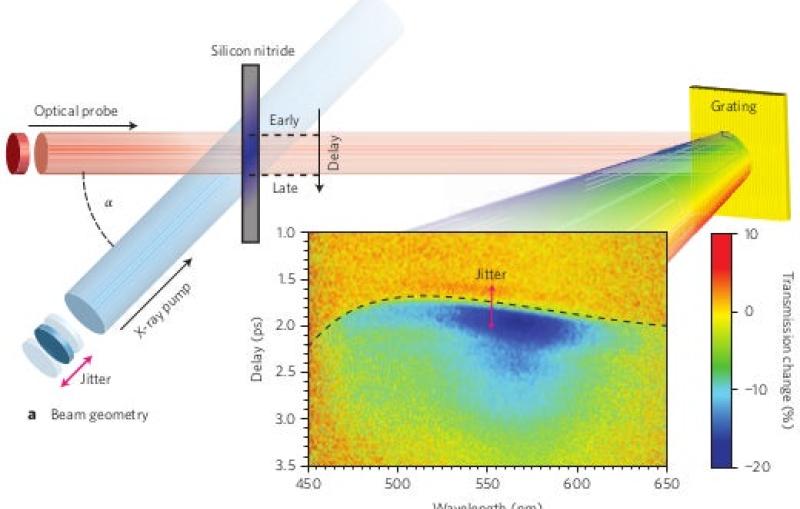
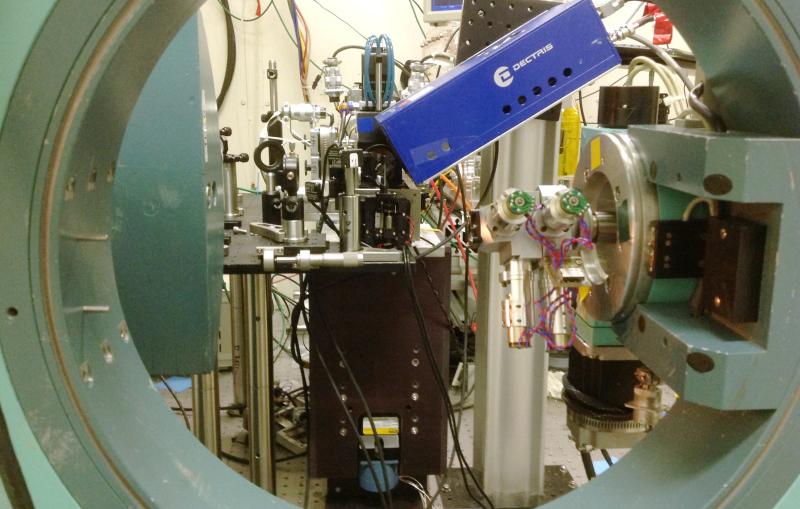
SLAC develops materials to improve the performance of batteries, fuel cells and other energy technologies and set the stage for technologies of the future.
Related link:
Energy sciences





